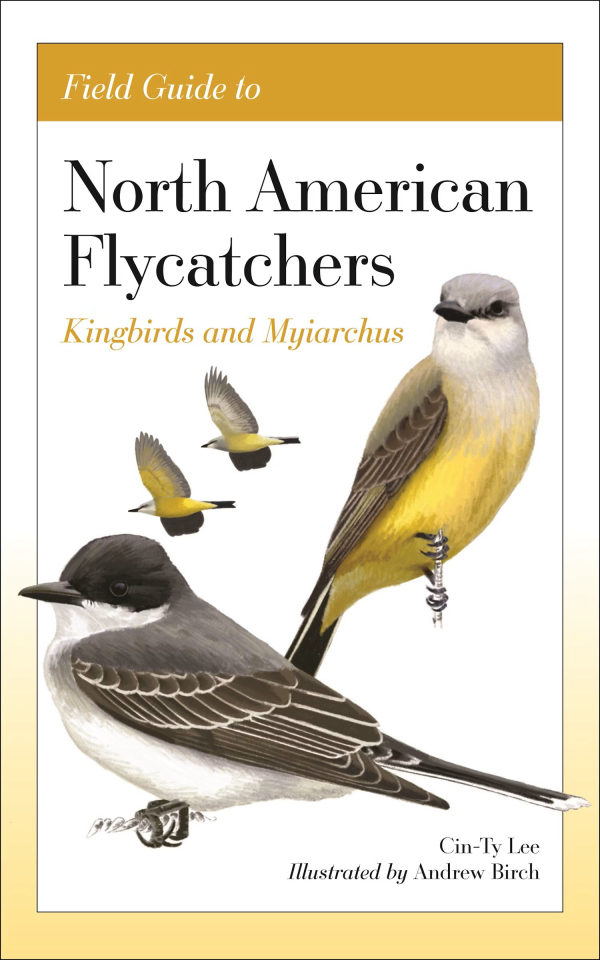
The new Field Guide to North American Flycatchers describes in detail the kingbirds and flycatchers in the genus Myiarchus that range in North America.
|
The identification of flycatchers can be a daunting challenge for even the most seasoned birders, but the Field Guide to North American Flycatchers series takes bird identification to an entirely new level by informing readers to observe subtle differences in structure, color patterns, and vocalizations before focusing on the finer details to identify a particular species. This exciting new field guide, published by Princeton University Press, focuses on kingbirds and flycatchers in the genus Myiarchus, while the first volume in this series focuses on Empidonax flycatchers and pewees.
These companion guides are the most comprehensive and accessible treatments of flycatcher identification, as well as the newest publications to focus on this interesting family of birds. Because the plumages of flycatchers can be so similar, this innovative Princeton University Press publication uses the impressive large format illustrations by Andrew Birch that highlight slight variations among species that photographs often miss. Birch’s beautiful color illustrations depict each species of kingbirds and flycatchers in the genus Myiarchus in North America – in perched positions, front and back, as well as in flight, and including comparative views of similar species.
This book uses a holistic approach that has proven to be exceptional, even for beginners. It features a wealth of beautiful color illustrations that depict every species of kingbirds and flycatchers in the genus Myiarchus in North America – in perched positions, front and back, as well as in flight, and including comparative views of similar species.
The author, Cyn-Ty Lee, shares his expertise on kingbirds and flycatchers along with invaluable tips to successfully identify species in all kinds of field settings. This impressive new book also shows how to look for subtle differences in body and plumage structure, plumage contrasts, and vocalizations that together create a distinctive overall impression of the bird. Seasonal distribution maps for each species and detailed audio spectrograms add to the value of this impressive field guide, which is compact and field-friendly for birders on the go and when traveling.
For more information about the Field Guide to North American Flycatchers, refer to Princeton University Press at Field Guide to North American Flycatchers | Princeton University Press